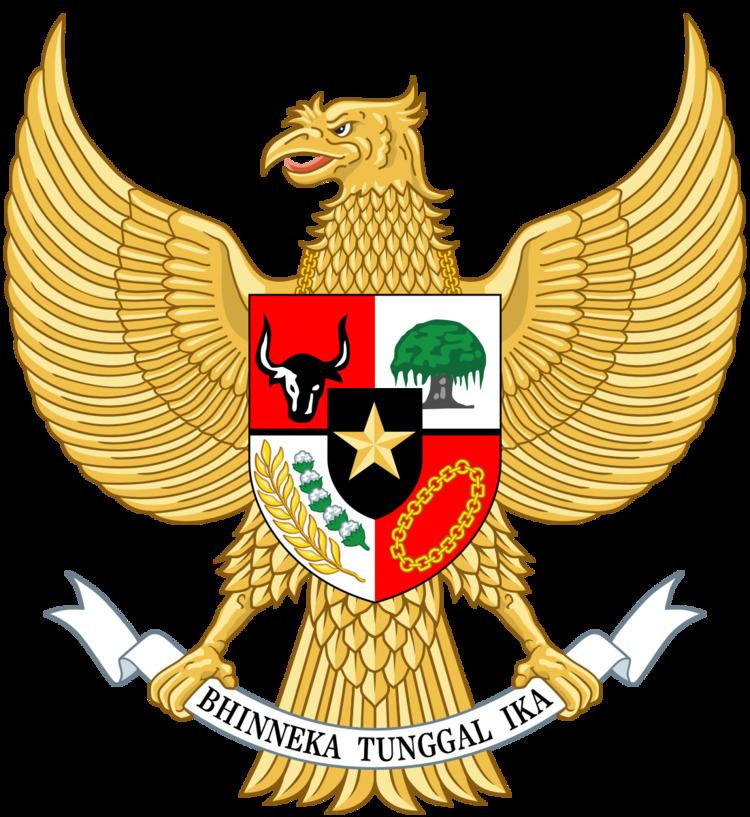 | ||
Indonesia is divided into provinces (Indonesian: Provinsi). Provinces are made up of regencies and cities. Provinces, regencies and cities have their own local governments and parliamentary bodies.
Contents
Since the enactment of Law Number 22 Year 1999 regarding Local Government (the law was revised by Law Number 32 Year 2004), local governments now play a greater role in administering their areas. Foreign policy, defence (including armed forces and national police), system of law, and monetary policy, however, remain the domain of the national government. Since 2005, heads of local government (governors, regents and mayors) have been directly elected by popular election.
Provinces
A province is headed by a governor. Each province has its own legislative body, called Dewan Perwakilan Rakyat Daerah (literally meaning "Regional People's Representatives Assembly"). Governors and representative members are elected by popular vote for five-year terms.
Indonesia is divided into 34 provinces. Eight provinces have been created since 2000. Five provinces have special status:
Regencies and Cities
Regency (Indonesian: Kabupaten) and city (Indonesian: Kota), collectively known as "Daerah Tingkat II" is a local level of government beneath the provincial level. However, they enjoy greater decentralisation of affairs than the provincial body, such as provision of public schools and public health facilities.
Both regency and city are at the same level, having their own local government and legislative body. The difference between a regency and a city lies in differing demographics, size and economics.
Generally the regency has a larger area than the city, and the city has non-agricultural economic activities. A regency is headed by a regent (Indonesian: Bupati), and a city is headed by a mayor (Indonesian: Wali kota). The regent or mayor and the representative council members are elected by popular vote for a term of 5 years.
Districts
Regencies and cities are divided into districts. There are two types of districts:
Villages (Desa) and Kelurahan
Districts are divided into desa (villages) or kelurahan (urban communities). Both desa and kelurahan are of a similar division level, but a desa enjoys more power in local matters than a kelurahan. An exception is Aceh, where districts are divided into mukim before being subdivided further into gampong.
Desa
In Indonesian, as in English, a village (desa) has rural connotations. In the context of administrative divisions, a desa can be defined as a body which has authority over the local people in accordance with acknowledged local traditions of the area. A desa is headed by a "head of village" (Indonesian: kepala desa), who is elected by popular vote.
Most Indonesian villages use the term "desa", but other terms are used in some regions:
Kelurahan
Although desa and kelurahan are part of a district, a kelurahan has less autonomy than a desa. A kelurahan is headed by a lurah. Lurahs are civil servants, directly responsible to their camats.
Statistics
The following table lists the number of current provinces, regencies and cities in Indonesia.
